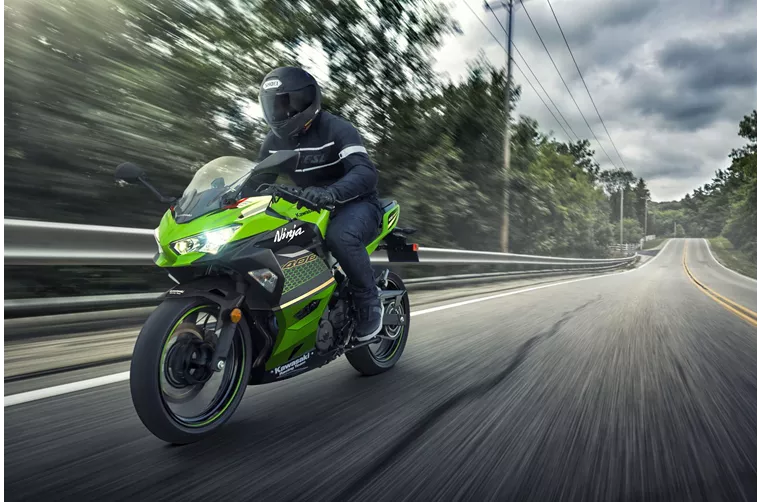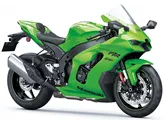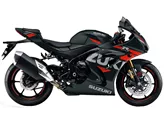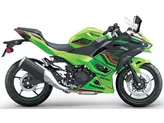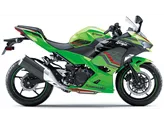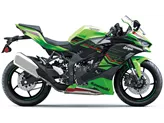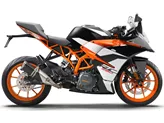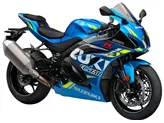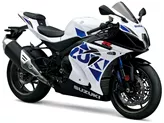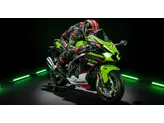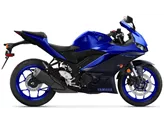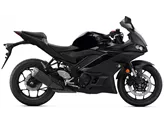Kawasaki Ninja 400 2020 vs. Suzuki GSX-R 1000 2013
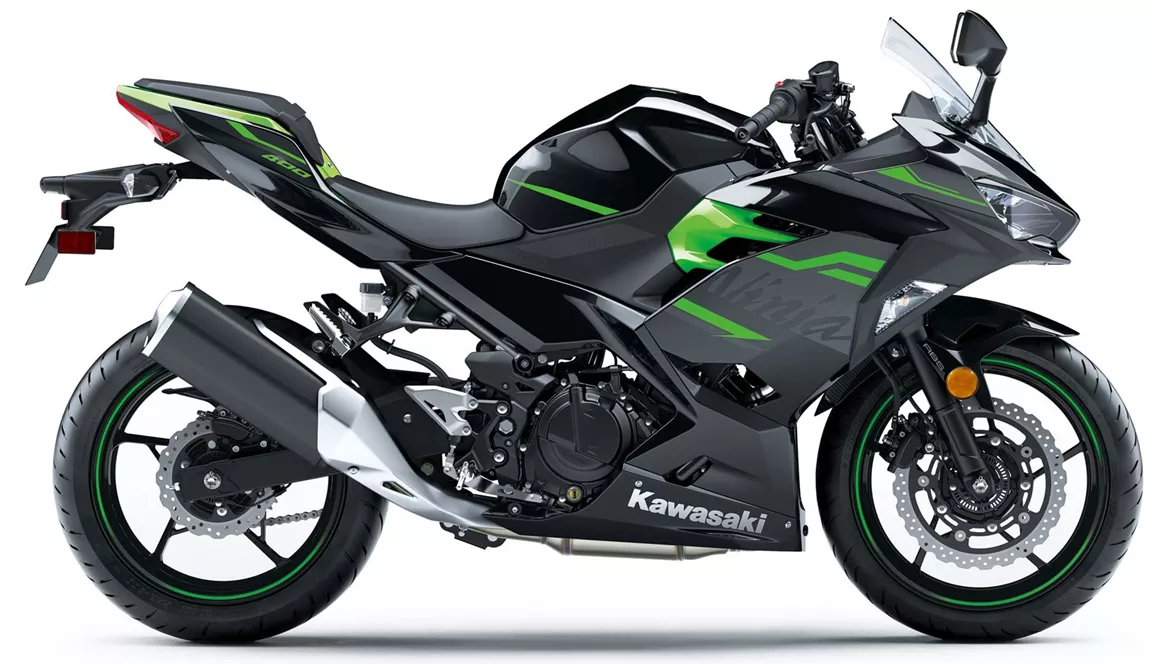
Kawasaki Ninja 400 2020

Suzuki GSX-R 1000 2013
Technical Specifications Kawasaki Ninja 400 2020 compared to Suzuki GSX-R 1000 2013
Pros and Cons in comparison
Pros and Cons in comparison
Kawasaki Ninja 400 2020

In summary, the Ninja 400 could be described as the perfect entry into the supersport world. You can't get more power with A2, the looks suggest much more power, the vehicle is playful to ride, is forgiving in every respect and still allows a really sporty riding style. Those who had legitimate concerns about the lack of power on the various 250 cubic machines now have no more excuses. Ninja 400, it's good to have you!
Suzuki GSX-R 1000 2013
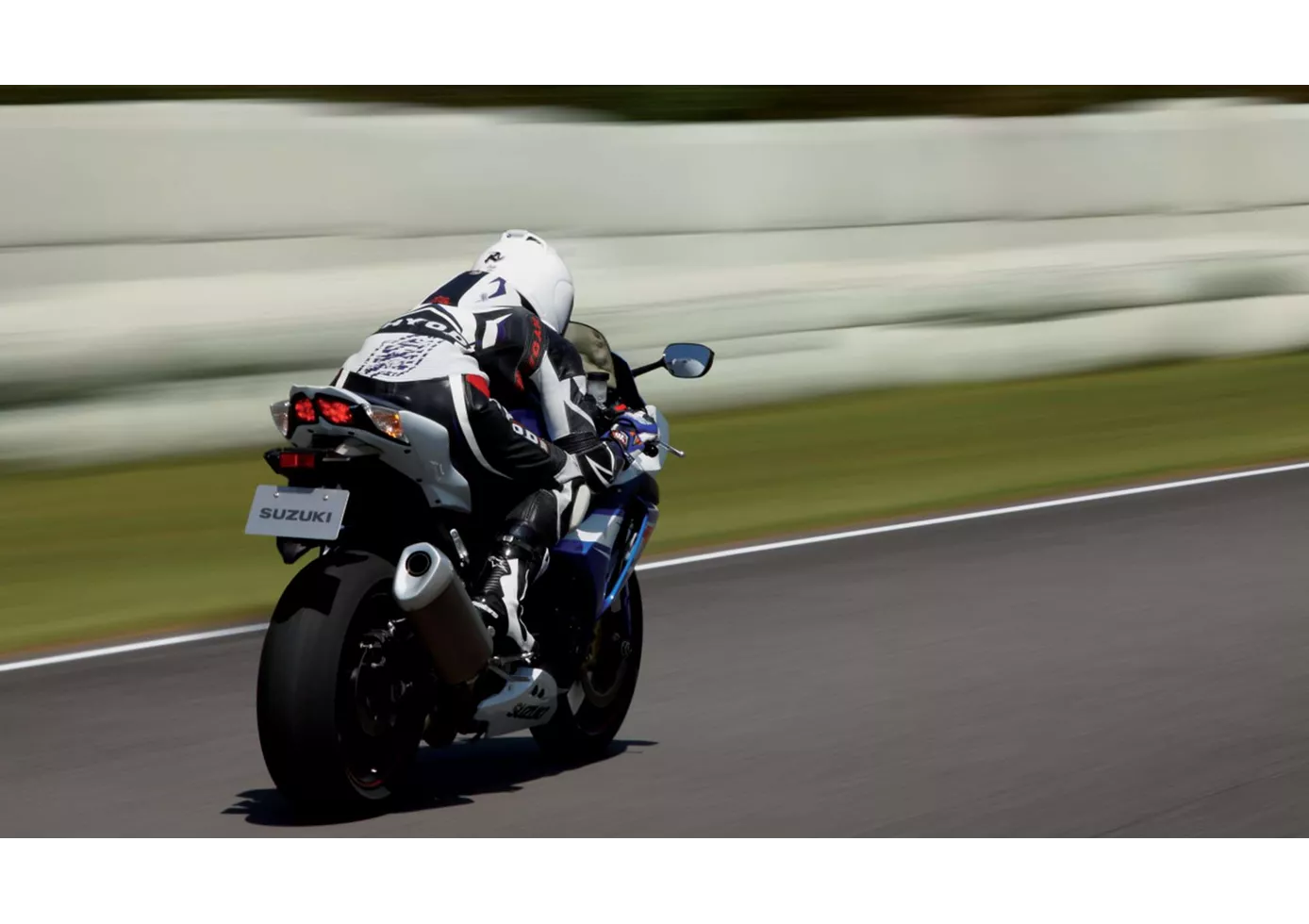
Many victorious years in international motorbike racing have made the GSX-R1000 superbike a legend - and a somewhat grey model. Real innovations or even revolutions are a long time ago, and the last updates were limited to visual upgrades, such as the MotoGP Replica paint scheme. It may look fresh and snappy, but in the segment of racers that have now advanced to technologically advanced and correspondingly expensive hyper-sports bikes, the GSX-R now looks like a slightly greying prototype. It still rides well, fast and harmoniously, you can just tell it's mature - and that's meant in a positive way. Nevertheless, we are already waiting for the next generation.
